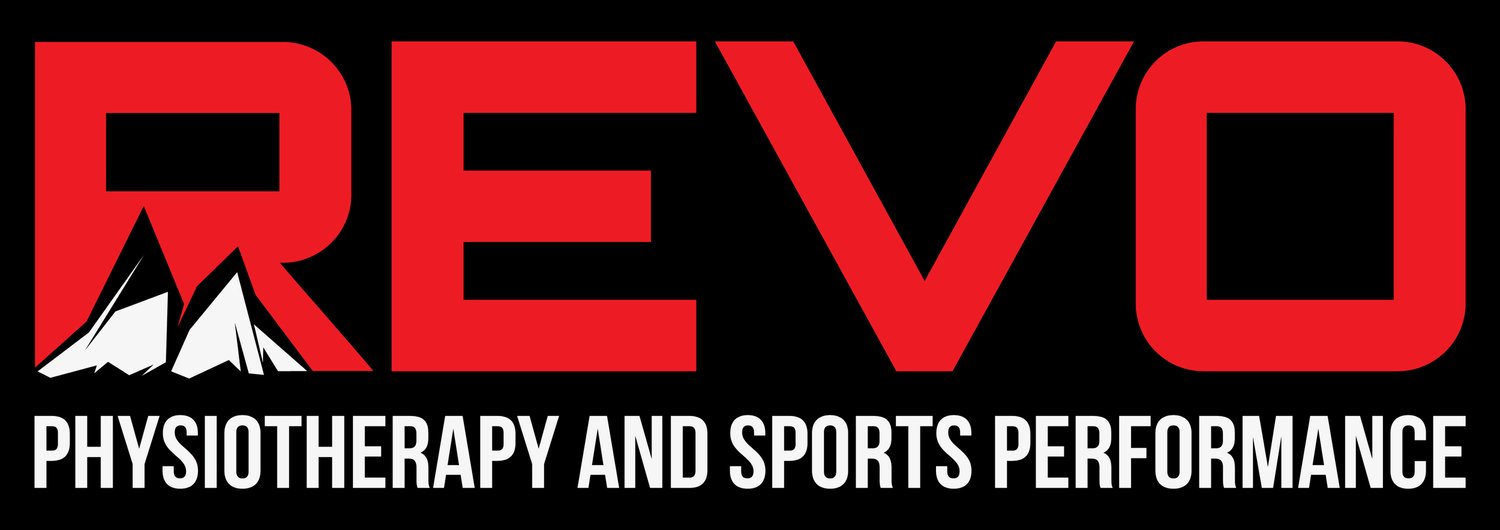Techniques to Improve your Pull-ups
Written by Matthew SellenPull-ups are a staple in many fitness routines, revered for their ability to build upper body strength and engage multiple muscle groups, including the back, shoulders, and arms. However, many people find them challenging to perform correctly or make consistent progress. If you’re working towards your first pull-up or aiming to enhance your technique, focusing on specific exercises and methods can help you achieve your goals more effectively. In this post, we’ll cover four essential techniques to improve your pull-up performance.
Active Hanging: Building a Strong Foundation
Before you even start pulling yourself up, it’s important to establish a solid foundation with active hanging. This exercise focuses on shoulder engagement and core stability, setting the groundwork for a proper pull-up.
How to Perform Active Hanging:
- Find a pull-up bar and grip it with an overhand grip (palms facing away from you), shoulder-width apart.
- Instead of passively hanging, pull your shoulder blades down and back, creating a slight lift in your chest. You should feel your upper back muscles engage.
- Engage your core muscles to keep your body in a straight line from head to toe.
- Hold this position for 20–30 seconds. Rest and repeat for 3–5 sets.
Why It Matters: Active hanging helps activate and strengthen the muscles needed for pull-ups, particularly the lats, traps, and serratus anterior. This also promotes shoulder stability, reducing the risk of injury when you start pulling.
Proper Elbow Alignment: Preventing Injury and Maximizing Muscle Engagement
Elbow alignment might seem like a minor detail, but it’s critical for both performance and injury prevention. Incorrect elbow positioning can lead to elbow tendonitis, shoulder impingement, and other issues that can derail your progress.
Tips for Proper Elbow Alignment:
- As you pull up, keep your elbows close to your body, moving along a natural path that aligns with your wrists and shoulders.
- Avoid flaring your elbows out to the sides, as this places unnecessary stress on your joints and reduces efficiency.
- Maintain a neutral wrist position; your wrists should stay straight rather than bending backward.
- Focus on squeezing your shoulder blades together at the top of the movement.
Why It Matters: Proper elbow alignment ensures you are effectively targeting the muscles involved in a pull-up, such as the lats and biceps, while minimizing strain on the joints. This approach not only improves form and efficiency but also reduces the risk of injury over time.
Use Full Range of Motion: Enhancing Strength and Flexibility
A full range of motion (ROM) during pull-ups ensures you’re getting the most out of each repetition. This means starting from a dead hang (arms fully extended) and pulling up until your chin is above the bar, then returning to the starting position.
How to Use Full Range of Motion:
- Start each pull-up from a dead hang position, with your arms fully extended and shoulders relaxed.
- Pull yourself up smoothly, focusing on using your back muscles to lift until your chin clears the bar.
- Lower yourself back down with control until your arms are fully extended, and your shoulders return to the relaxed starting position.
- Aim for 3–4 sets of 4–8 repetitions, or as many reps as you can perform with proper form.
Why It Matters: Training with a full range of motion engages more muscle fibers, improving overall strength. It also enhances shoulder flexibility and mobility, which can help prevent injuries and promote long-term joint health.
Control the Eccentric Phase: Building Strength and Endurance
The eccentric phase, or lowering portion of the pull-up, is just as critical as the upward movement. By slowing down this phase, you increase the time your muscles spend under tension, which is key to building strength and endurance.
How to Focus on Eccentric Control:
- Start at the top position of the pull-up with your chin above the bar. You can use a bench or a partner to help you get there.
- Slowly lower yourself down over a count of 3–5 seconds until you reach a dead hang position.
- Repeat for 3–5 reps per set, aiming for 3–4 sets in total.
Why It Matters: Controlling the eccentric phase recruits more muscle fibers, particularly in the lats, biceps, and forearms. This approach leads to greater strength gains and helps improve your overall pull-up performance.
Improving your pull-up requires more than just doing more reps. By incorporating active hanging, maintaining proper elbow alignment, using a full range of motion, and controlling the eccentric phase, you’ll develop the strength, stability, and technique needed to perform pull-ups more effectively and safely.
Consistency is key, so make these techniques a regular part of your workout routine. As you master these foundational elements, you'll find that your pull-up performance improves significantly.
If you need help developing a personalized pull-up training plan or have questions about your form, don’t hesitate to reach out to us at Revo Physiotherapy and Sports Performance. Our team of experts is here to guide you every step of the way.

